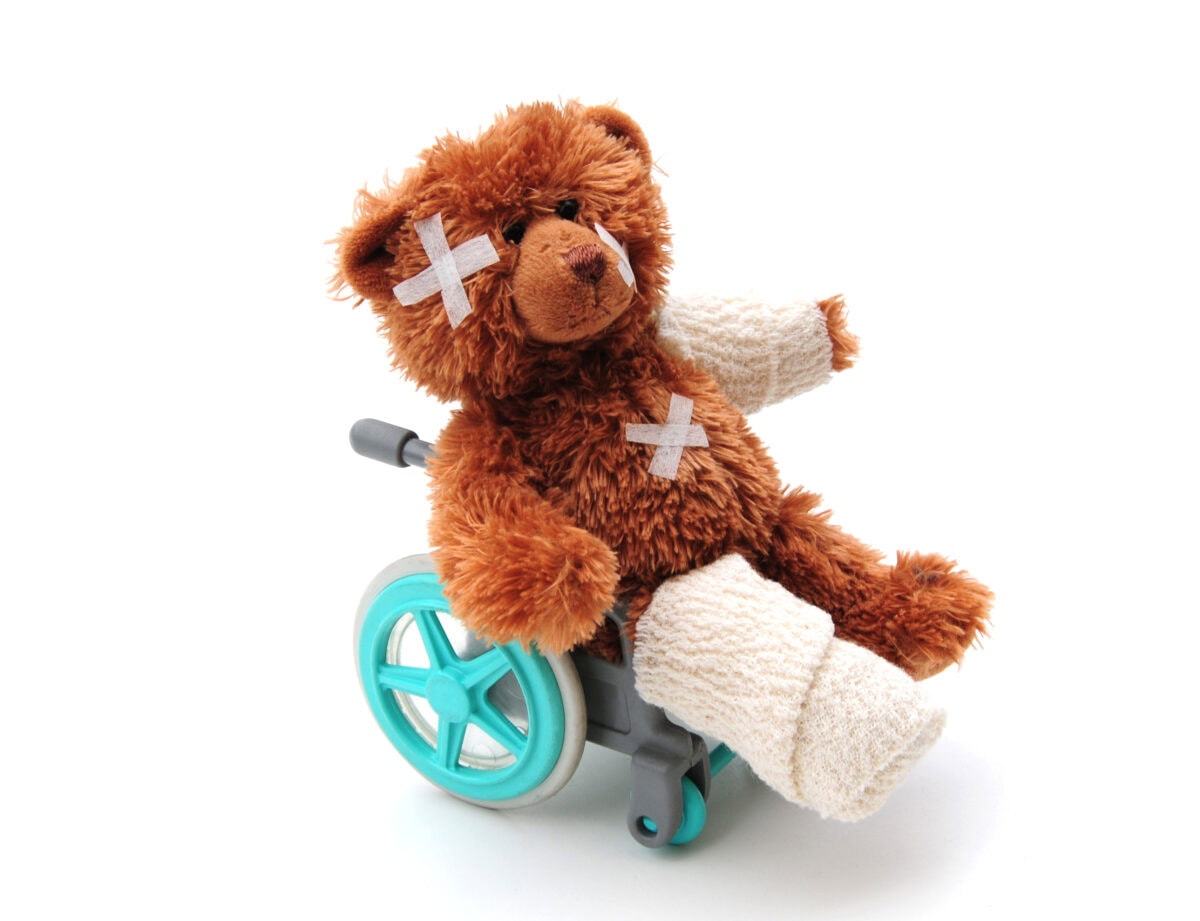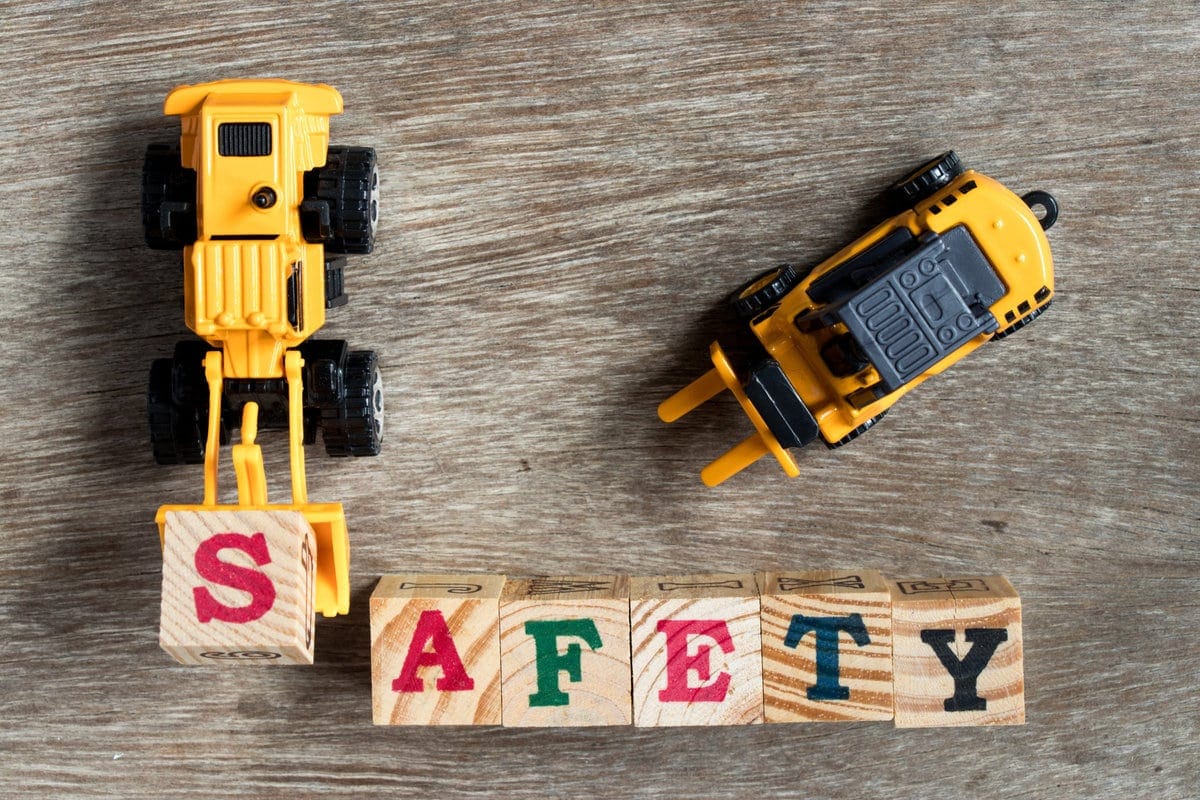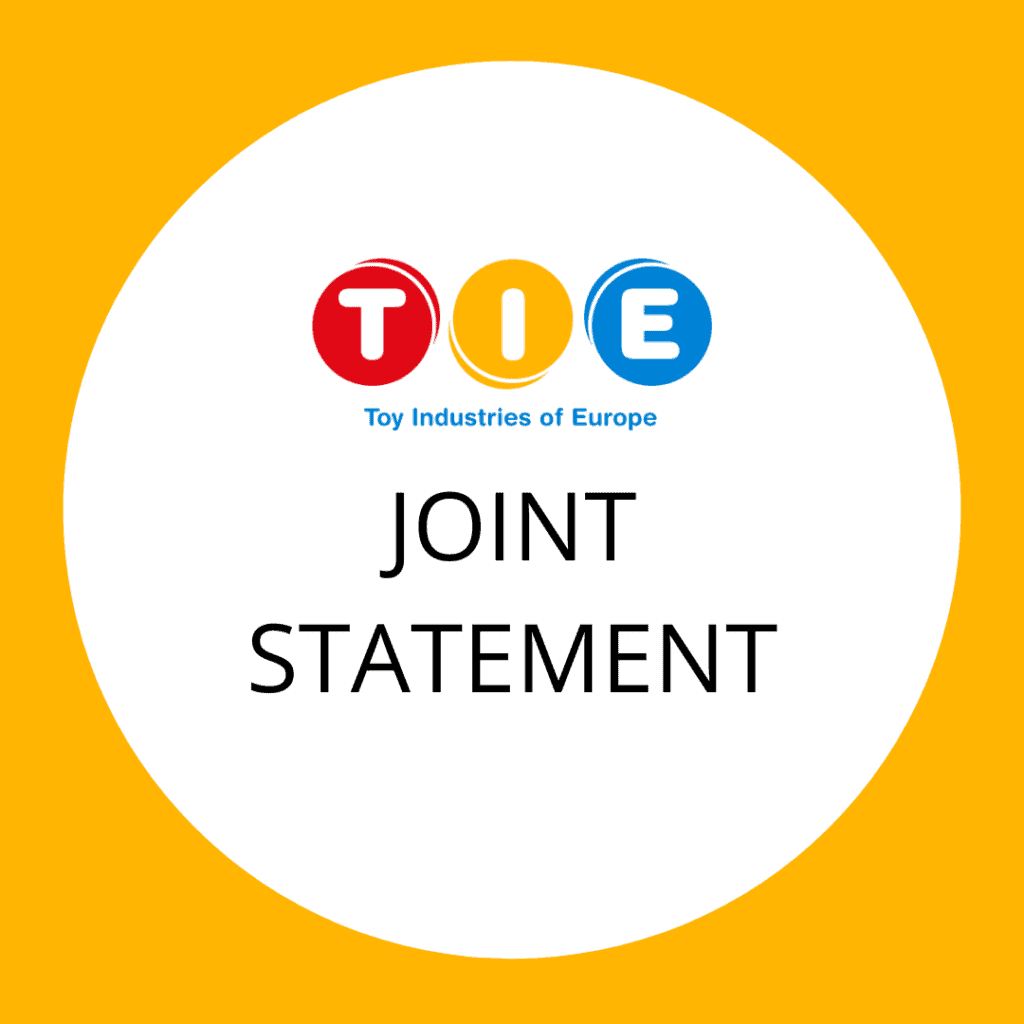The second part of the Toy Safety Directive 2009/48/EC, which covers chemical requirements, enters into force today, 20 July 2013. The first part of the Directive, which covered mechanical and physical properties of toys, came into force on 20 July 2011. With this final chapter, EU toy safety legislation, which already contained some of the strictest consumer goods requirements, is fully capable of keeping up with toy trends and developments in scientific knowledge.
Reputable toy companies are committed to assuring the safety of the toys they produce. Members of Toy Industries of Europe (TIE) and its national association members take their responsibilities seriously and have taken the necessary steps to comply with the new Toy Safety Directive. Catherine Van Reeth, Director General of TIE, comments: ‘TIE and its national association members have been educating toy sector players in Europe and beyond for several years about these new rules. We are confident that our members are able to comply with the new chemical requirements that are now applicable.’
The new rules impose a rigorous and sophisticated scientific approach to the use of substances. The revised Toy Safety Directive sets limits for 19 elements, compared to 8 in the previous Directive from 1988, and also takes into account how a child plays with a toy. The new requirements differentiate between toy materials that a child has close contact with, for example finger paints, and those with which the child has less contact, such as solid materials. This means that the number of substance restrictions increases from 8 to 57 with the new Directive.
For the industry, the new rules necessitate additional procedures, even if adaptations in the manufacturing process are not necessary, as toy manufacturers need to carry out and document more detailed safety assessments to prove compliance with the Directive.
Although toys are one of the most strictly regulated consumer goods in Europe, these rules do not stop unscrupulous companies from putting inferior products on the market. Effective market surveillance and well-funded enforcement, with penalties for wilful offenders, are very important to prevent non-conforming toys from reaching children.
In order to avoid accidents and injuries, TIE advises parents to always buy reputable toys from trustworthy shops and online outlets, to carefully read all warnings and instructions, and to choose toys that are suitable for the child’s age, abilities and skill level.
For media enquiries, please contact the TIE Secretariat on 0032 2 213 41 90
Do you know how safe toys are? Watch this short video to find out!



